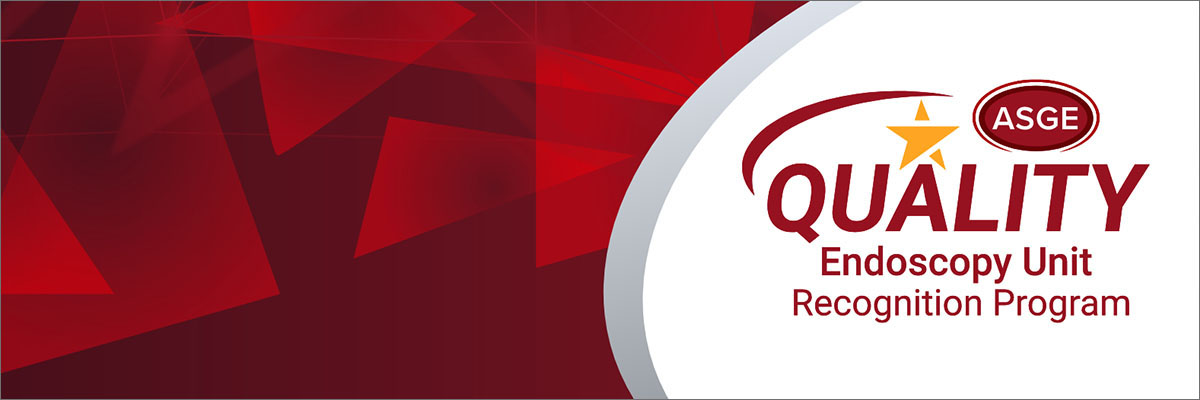
Successful applicants to the ASGE Endoscopy Unit Recognition Program submit a summary of a recently conducted quality improvement (QI) project as part of the application process. The quality assurance and performance improvement (QAPI) project in the spotlight this month looked at improving scheduling of esophageal motility procedures.
Topic
Delays in scheduling esophageal motility/24-hour pH (EMS/pH) procedures.
Statement of Purpose
The purpose of this study was to identify what factors result in delayed scheduling of patients for EMS/pH procedures.
Performance Goal
To reduce the number of days from case request to procedure by 20 percent.
Data Collection
Data collected from the electronic health record (EHR)-created report showing the date the case was created compared to the date the procedure was performed. The average number of days between case-created date and procedure date was calculated.
Evidence of Data Collection
A total of 262 EMS cases were reviewed. Baseline performance was year 2022.
| Year | 2022 | 2023 |
|---|
| # of EMS cases performed | 147 | 115 |
| Average # of days between case creation and procedure | 41 | 29 |
Analysis of Project
There were three identified factors that contributed to delays in scheduling:
- Inefficient communication between the office and outpatient endoscopy staff when contacting patients and not relaying necessary information.
- Inefficient communication that was a factor in delayed scheduling of patients. There were frequent phone calls and emails from outpatient endoscopy staff to the office staff to obtain updated authorization status and to confirm whether patients were ready to schedule.
- The tedious process of clicking into each chart to see what contact had been made or attempted with each patient, causing duplicate work.
Performance Improvement
Three methods were implemented in February 2023:
- A report was created in our EHR, which is visible to the office and outpatient endoscopy staff. This shared report displays the most up-to-date authorization status of upcoming EMS and pH procedures. This reduced the need to contact the office for this information and, thus, allowed staff to contact patients sooner for scheduling.
- Our IT team created a "Notes" section in our EHR that the physicians, office staff and outpatient endoscopy staff can see. Information in this section includes any contact with the patient, scheduling needs and any other information needed for the upcoming procedure.
- A calendar was created within a live Word document. It includes all available dates and times for procedures as well as the most recent contact attempts, located in one spot as a quick and efficient visual to reduce the time spent researching each patient's chart for more information. This gives staff a one-stop approach to prioritize which patients to call first, which patients want to be scheduled later in the year and which patients are not ready for calls due to pending insurance authorization.
Control Summary
Our goal of reducing the number of days between case request and the commencement of the procedure was met. We achieved a 29 percent reduction in days from case request to the procedure. This resulted in patients getting into their 2023 procedure 12 days sooner than in 2022.
These reports and notes are now part of our everyday workflow, as we concluded it not only benefited the patients in getting scheduled for EMS and pH procedures in a timely manner, but also provided more effective communication with the office. We were able to virtually eliminate the extra step of emailing the office or authorization team (to confirm cases ready for scheduling) and speed up the process of contacting and scheduling patients for their procedures. This study was discussed at a manager meeting, and implementing these reports for other procedural areas requiring authorizations will be explored.
Although there was not a true financial gain or loss from getting patients in sooner for their procedure, we found that being more efficient in scheduling is a patient satisfier.
Conclusion
Our primary goal for the study was to reduce the time for the patient to get in for their procedure. We met this goal. We implemented a new process for the office and outpatient endoscopy staff to have a centralized place where all can view and update information as needed.
From the results of this study, we discovered we were also able to improve our communication, and this is now part of our everyday process in scheduling EMS/pH procedures.
We hope sharing this project summary will be useful to you and your practice.